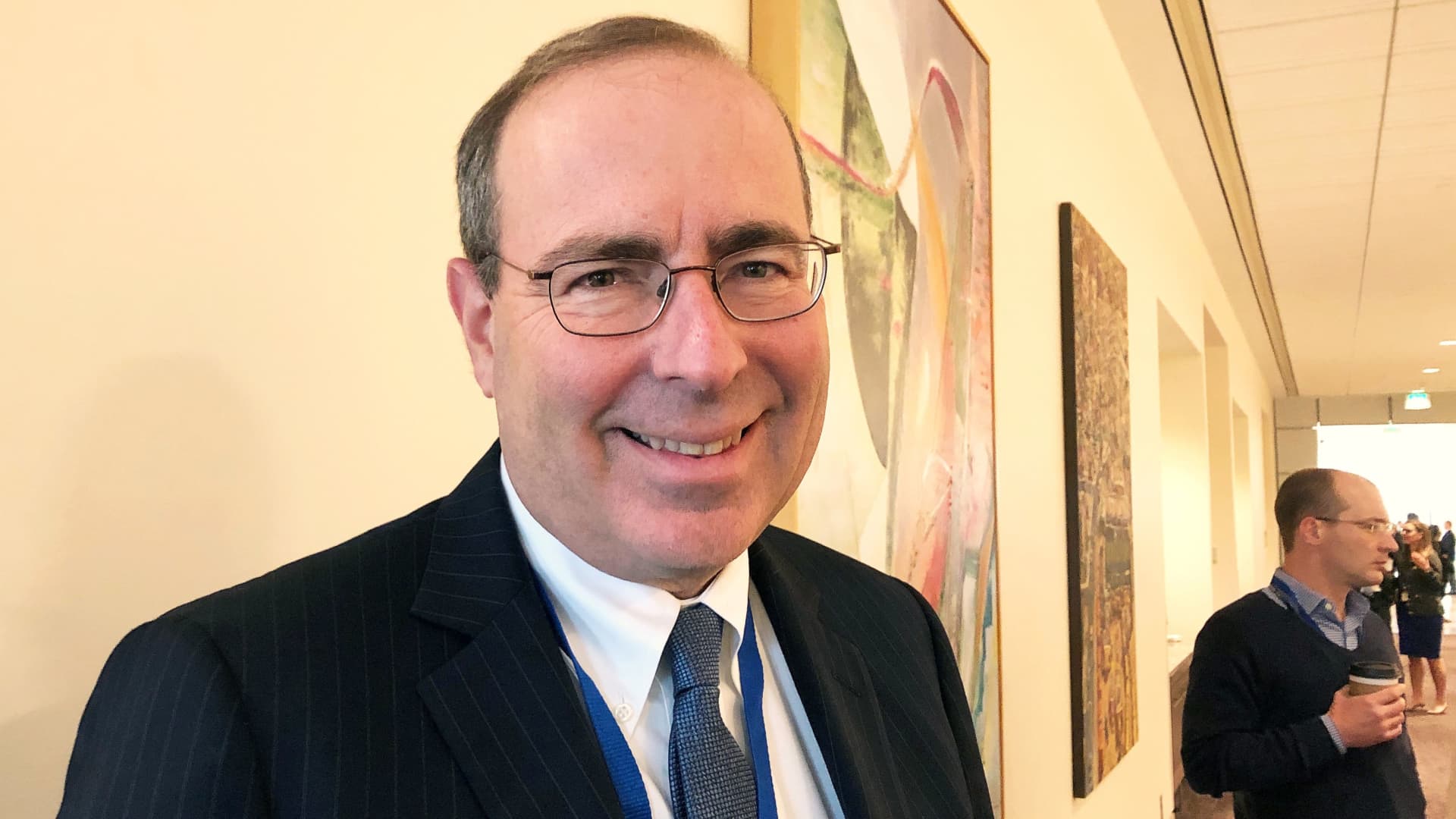[ad_1]
Two Federal Reserve officials indicated Friday that they expect further interest rate increases but will be looking closely at whether those moves need to be as aggressive as they’ve been this year.
Regional president Thomas Barkin of Richmond and Susan Collins separately said that the Fed is moving into a new phase that will be examining how much more restrictive policy needs to be.
In remarks to CNBC, Barkin said the rate hikes have taken policy to where the Fed now has switched from having its foot on the gas pedal to the brake. The new phase means policymakers will “pump the brakes sometimes” and “act a little bit more defensively,” he said.
“I’m ready to do that, and I think the implication for that is probably a slower pace of increases, a longer pace of increases and a potentially higher point,” he said during a live “Squawk on the Street” interview.
Barkin added that he could see the fed funds rate — used as a benchmark for short-term borrowing —moving above 5% from its current target range of 3.75%-4%.
Market pricing Friday moved higher to a potential “terminal rate” of 5.14%, which would be the highest level since mid-2007. The Fed on Wednesday approved a fourth consecutive 0.75 percentage point increase and indicated more hikes are coming.
“We need to get inflation down to target and we need to do whatever we need do with rates to get inflation back to target,” Barkin said. “It is entirely conceivable to me, we would end up over 5%. But to me, that’s not a plan, that would be an output of our effort to try to keep inflation under control.”
Similarly, Collins stressed the need to attack inflation, while also weighing the impact the Fed’s policies are having against easing up on rate hikes too quickly.
“Policy has moved expeditiously into restrictive territory, but there is more work to do. In this next phase for policymaking, my focus is shifting from raising rates rapidly to determining the level that the funds rate must reach to be sufficiently restrictive to achieve the desired outcomes,” she said in prepared remarks. “This recognizes that the risks of inflation falling too slowly and of the economy weakening too quickly are becoming more balanced.”
Collins is a voting member of the rate-setting Federal Open Markets Committee, but Barkin is not.
Both officials spoke the same day the Labor Department reported that nonfarm payrolls in October rose by 261,000, well ahead of the 205,000 estimate, and that average hourly earnings increased 4.7% from a year ago, lower than the inflation rate and well ahead of the Fed’s 2% inflation goal.
Collins noted that the report was consistent with the idea that companies continue to need workers even with the slowing of demand. She added, though, that “as policy tightens further, the risks of overtightening increase.”
She said she doesn’t think a “significant slowdown” in the economy is necessary to bring down inflation.
“Therefore, it will increasingly be important to balance the risk of possibly slowing demand in the economy too much, with the risk of allowing inflation to persist too long and possibly de-anchoring inflation expectations,” she said.
[ad_2]
Image and article originally from www.cnbc.com. Read the original article here.

